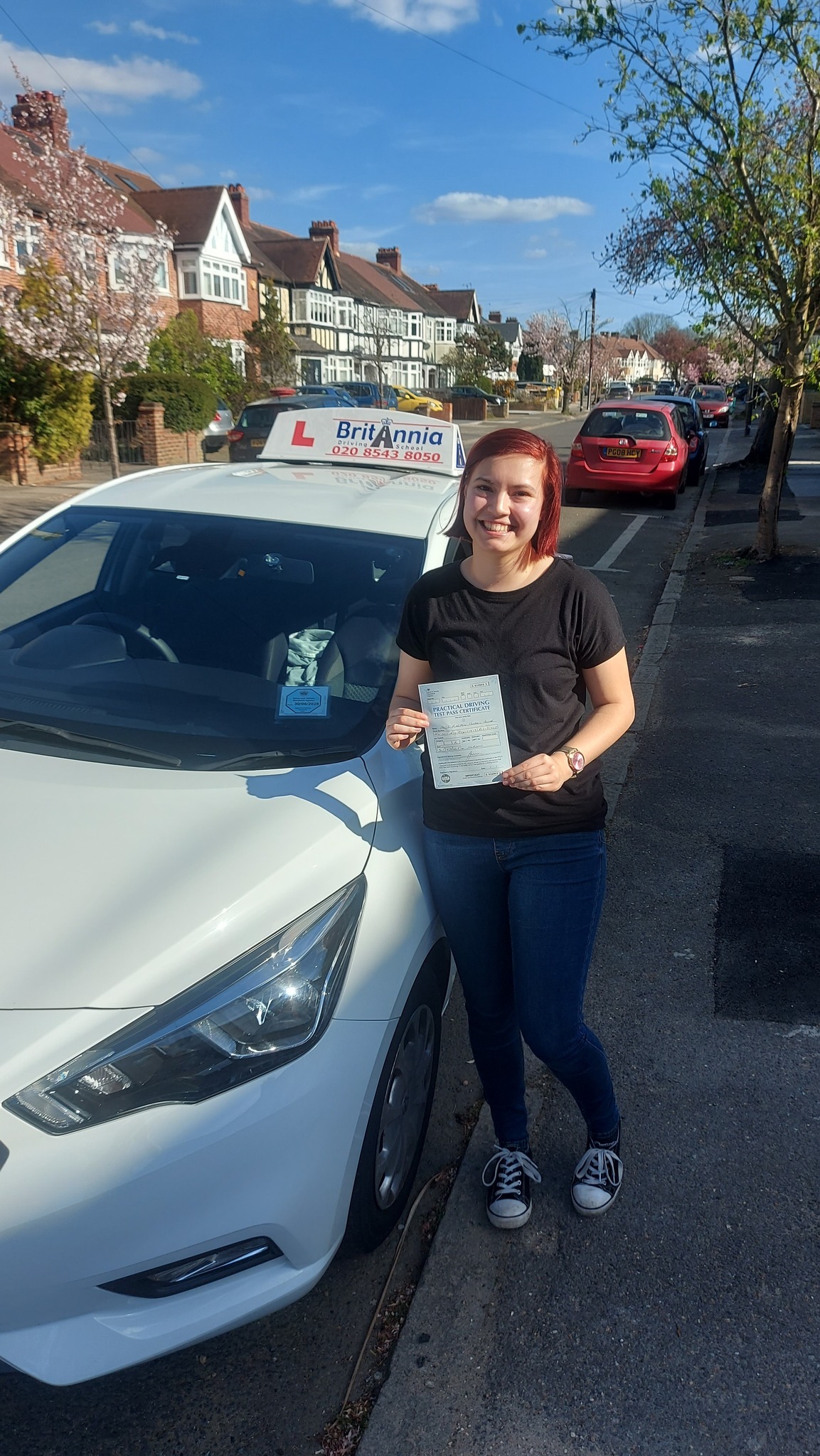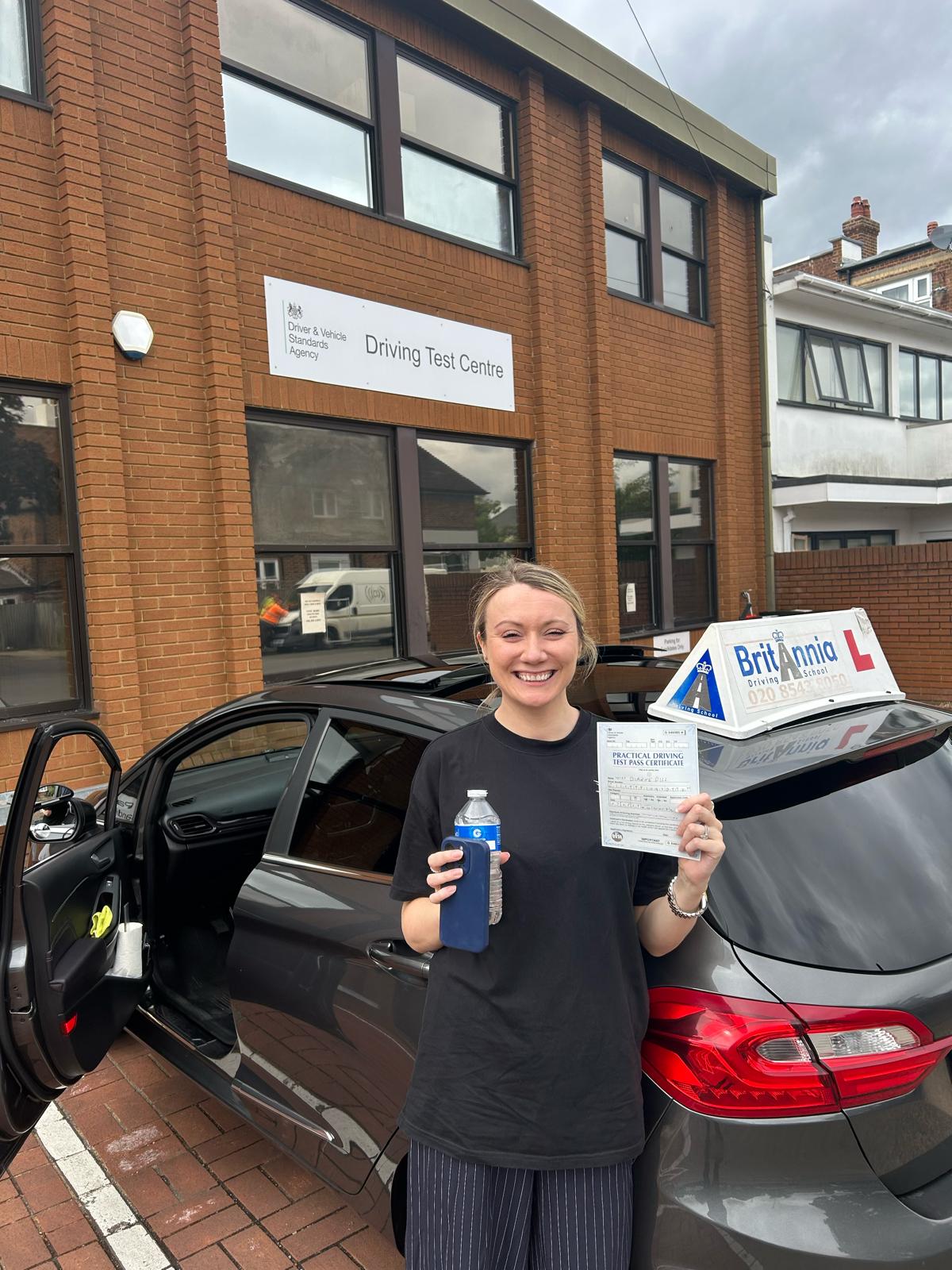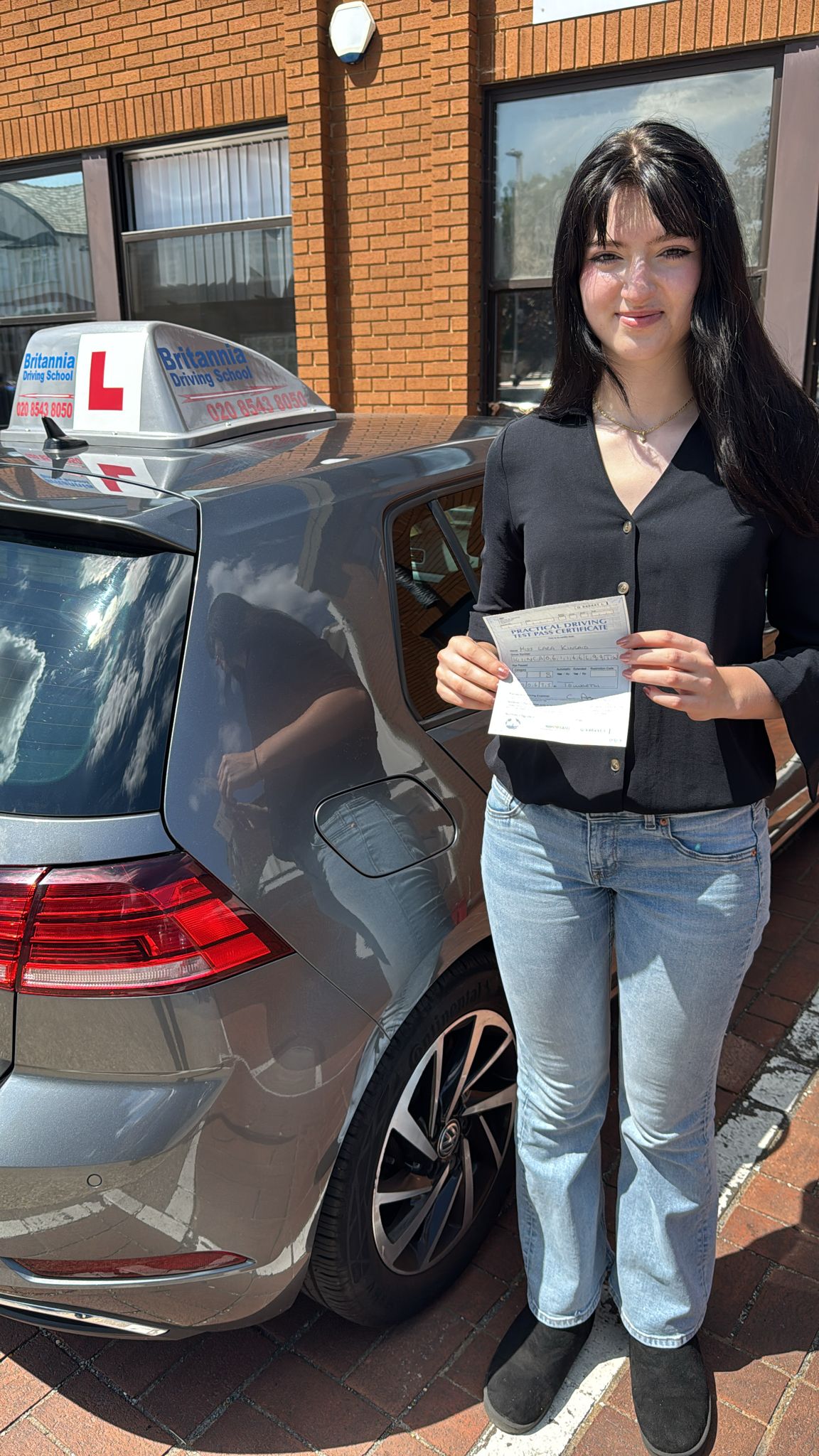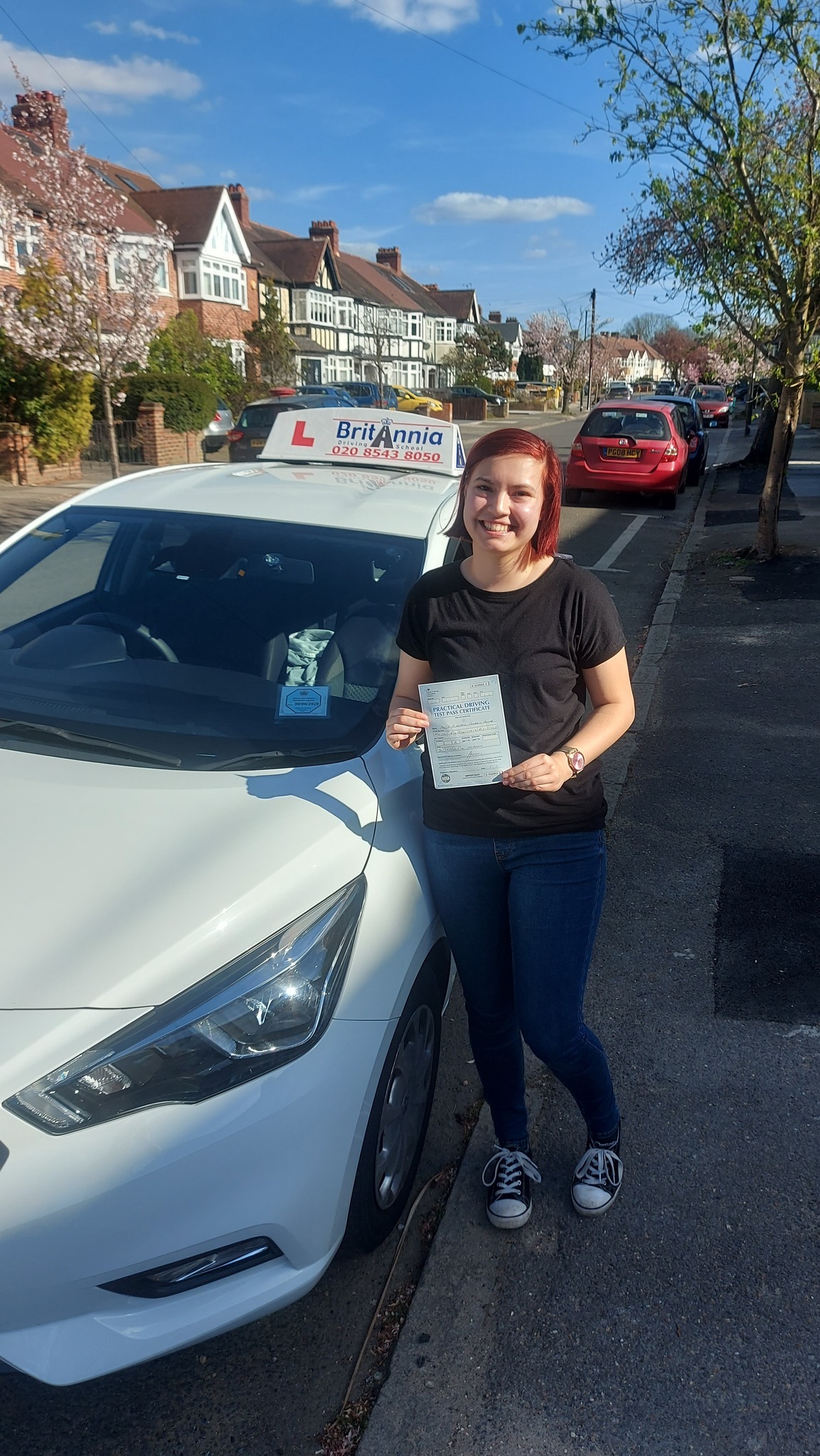If you thought learning to drive in the UK was just about stalling gracefully at roundabouts and pretending parallel parking isn’t terrifying, think again. 2025 has brought a flurry of changes for learners and drivers alike—some useful, some eyebrow-raising, and all guaranteed to spice up the road to your license. But don’t panic—Britannia Driving School, with our ever-patient instructors in Richmond upon Thames, has you covered.
1. Scotland’s Driving Test Shake-Up (And Why It Matters to You)
Scotland recently rolled out a seven-point plan to tackle horrendous wait times for driving tests. Think: 450 new examiners, a better booking system, and stricter cancellation rules. Translation? Less time refreshing the DVSA website and more time practising three-point turns. While the reforms are Scotland’s test track for now, the rest of the UK could soon follow. At Britannia, our Richmond instructors are already helping learners plan smart, so when those changes hit London, you’ll be ready to ace your test instead of queuing endlessly.
2. Eye Tests for Older Drivers (Yes, Gran, This Means You) ️️
The government is steering towards mandatory eye tests for drivers over 70, with re-checks every three years. Add in whispers about tighter drink-driving limits, and it’s clear road safety is the big headline. While Granny might grumble, the truth is clear (pun intended): sharp eyesight keeps everyone safer. Britannia’s instructors often joke that checking your mirrors is only useful if you can see them. In Richmond, we mix patience with practicality—whether you’re 17 or 71, we make sure you’re confident, safe, and not mistaking a bus for a bike.
3. Payment Tech is Revving Up
Cash is so last decade. With schools across the UK turning to smarter payment tech, learners can now book and pay for lessons as easily as ordering takeaway. At Britannia, we’ve embraced the trend too—smooth booking means you spend less time fiddling with coins and more time mastering clutch control on Richmond’s charmingly narrow streets. Tech aside, our instructors remain proudly old-school in one way: they still deliver patient, calm, human instruction (no app can do that).
4. Learner Costs & Test Scheduling Woes
Here’s the kicker: costs are creeping up. Theory prep, apps, and those DVSA books all add up. On top of that, many learners are sweating over test dates, with long waits risking their theory expiring before they even get a shot at the wheel. At Britannia, we’ve seen this stress firsthand, and we guide our learners through it with good humour. We keep lessons efficient, practical, and fun—because the last thing you need when juggling costs is more pressure.
Britannia’s Advantage
From new rules to old frustrations, the UK learner landscape is shifting gears. But Britannia Driving School remains the go-to pit stop. Our instructors—patient, professional, and blessed with a sense of humour—make the difference. We believe in keeping learning accessible, affordable, and stress-free.
So, whether it’s eye tests, payment tech, or the dreaded DVSA booking screen, Britannia Driving School helps you navigate it all—with a smile, a laugh, and eventually, a pass certificate.
Comments(0) Buy Gifts Vouchers Here
Buy Gifts Vouchers Here Intensive Driving Courses
Intensive Driving Courses Driving Test Booking Services
Driving Test Booking Services










